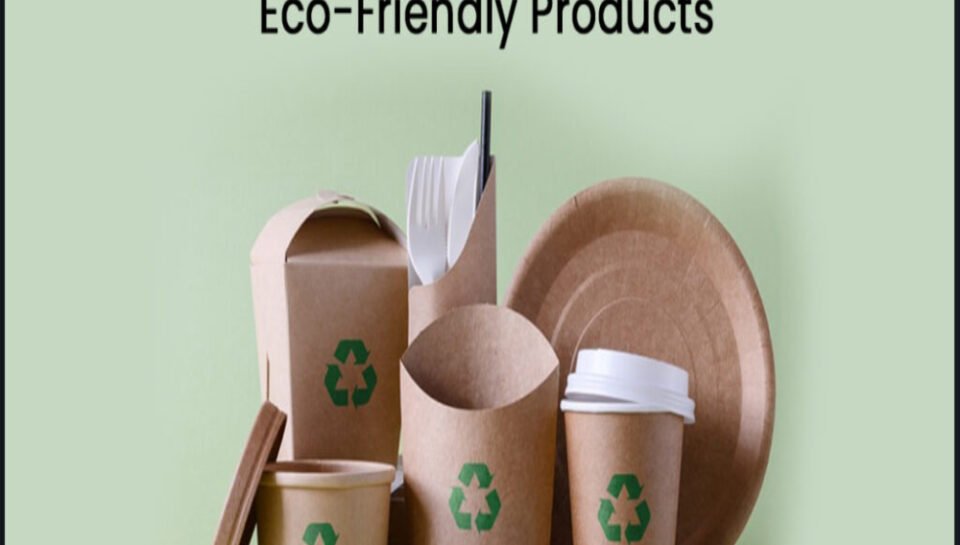
What are common eco-friendly materials in Indian product packaging?
Recycled Kraft Paper and Cardboard
- Widely used for boxes, cartons, and wrapping sheets.
- Made from post-consumer waste and agricultural residues.
- Biodegradable and compostable with minimal processing.
- Supports printing, embossing, and basic protective coatings.
- Suitable for retail, e-commerce, and FMCG packaging.
Corrugated Fiberboard
- Commonly used for shipping and outer packaging.
- Made from recycled paper pulp with a fluted core.
- Lightweight yet durable for transport and stacking.
- Easily recyclable and repulpable through domestic systems.
- Frequently used by startups and logistics companies.
Cloth and Jute Bags
- Used in retail, gifting, and rural product packaging.
- Reusable and biodegradable with high consumer acceptance.
- Supports branding through screen printing or stitching.
- Often produced locally, promoting sustainable livelihoods.
- Popular for fashion, food, and boutique packaging.
Areca, Bagasse, and Leaf-Based Materials
- Derived from palm leaves, sugarcane waste, or agricultural fibers.
- Molded into trays, pouches, or containers for food and organic products.
- Naturally compostable and microwave-safe in some cases.
- Used in eco-conscious packaging for regional and export markets.
- Recognized for low energy manufacturing footprint.
PLA and Bio-Plastic Alternatives
- Made from corn starch or sugarcane-based polymers.
- Used for transparent windows, wrappers, or coated layers.
- Industrially compostable under controlled conditions.
- Offers a plastic-like feel while reducing fossil-based content.
- Common in health, wellness, and sustainable product segments.





